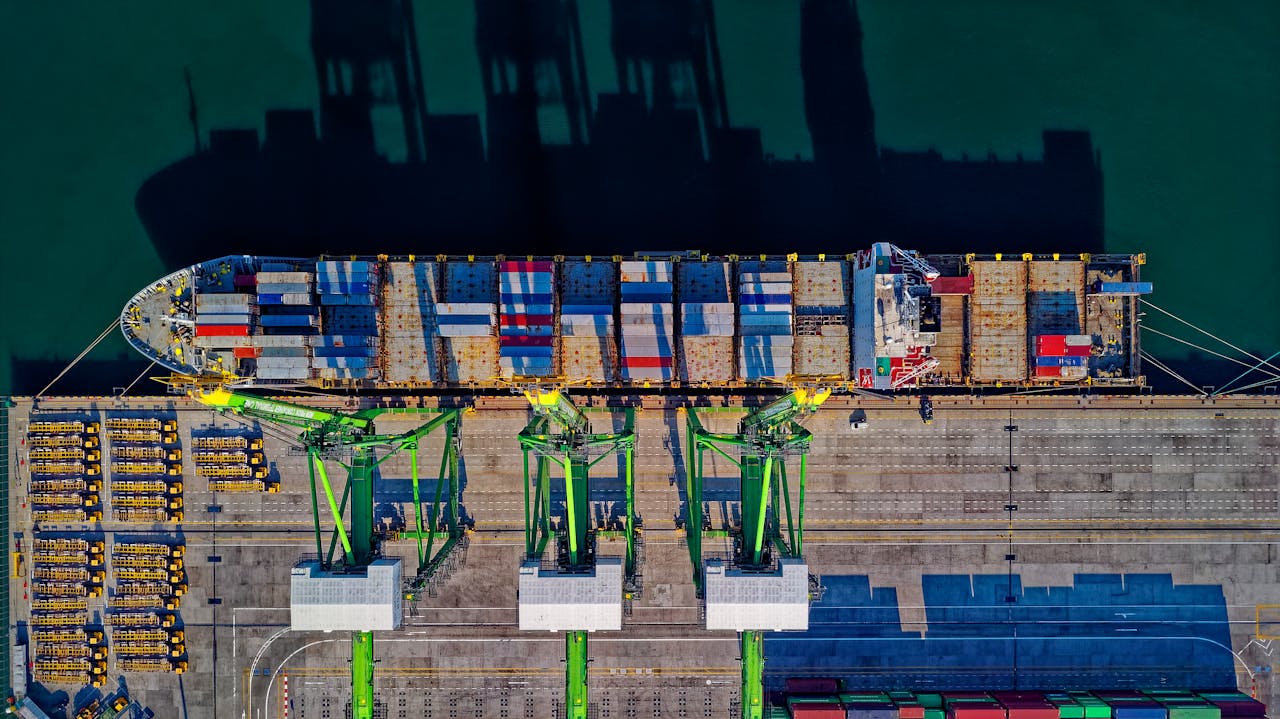In today’s fast-paced logistics landscape, tracking and monitoring shipments is crucial for businesses and individuals alike. Whether you’re shipping goods across the globe or sending a package to a loved one, knowing the status of your shipment can make all the difference. In this post, we’ll explore the importance of tracking and monitoring shipments and how it can benefit your business or personal shipping needs.
Benefits of Tracking and Monitoring Shipments
- Improved Visibility: Tracking and monitoring shipments provide real-time visibility into the location and status of your goods. This enables you to stay informed and make informed decisions about your shipments.
- Increased Security: With tracking and monitoring, you can detect potential security threats, such as theft or tampering, and take proactive measures to mitigate risks.
- Enhanced Customer Satisfaction: By providing accurate and up-to-date tracking information, businesses can improve customer satisfaction and build trust with their customers.
- Reduced Losses: Tracking and monitoring can help reduce losses due to misrouting, theft, or damage. By identifying potential issues early, you can take corrective action to prevent losses.
- Optimized Logistics: Real-time tracking data can help logistics providers optimize their operations, reduce transit times, and improve delivery efficiency.
How Tracking and Monitoring Work
- GPS Tracking: GPS tracking devices use satellite signals to provide real-time location data, enabling you to track shipments in real-time.
- Barcode Scanning: Barcode scanning technology allows for automated tracking and monitoring of shipments, reducing manual errors and increasing efficiency.
- RFID Tags: RFID tags use radio frequency identification technology to track shipments and provide real-time updates.
- Transportation Management Systems (TMS): TMS software provides a centralized platform for tracking and monitoring shipments, enabling real-time visibility and analytics.
Best Practices for Tracking and Monitoring Shipments
- Choose a Reliable Tracking Provider: Select a tracking provider that offers real-time updates, accurate data, and robust security features.
- Use Multiple Tracking Methods: Combine GPS tracking, barcode scanning, and RFID tags to ensure comprehensive tracking and monitoring.
- Set Up Alerts and Notifications: Configure alerts and notifications to stay informed about shipment status, potential issues, and delivery updates.
- Analyze Tracking Data: Use tracking data to identify trends, optimize logistics, and improve supply chain efficiency.
Conclusion
Tracking and monitoring shipments is essential for businesses and individuals who want to stay informed, reduce risks, and improve efficiency. By leveraging tracking technologies and best practices, you can ensure that your shipments arrive safely and on time. Whether you’re shipping goods globally or sending a package locally, tracking and monitoring can provide peace of mind and help you achieve your shipping goals.



